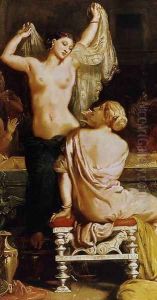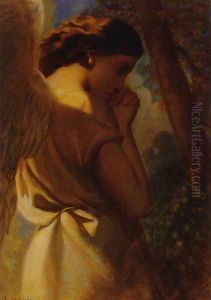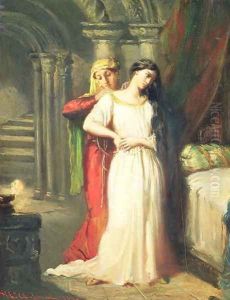Theodore Chasseriau Paintings
Theodore Chasseriau was a French romantic painter of the early 19th century, whose work bridged the gap between the neoclassicism of Jean-Auguste-Dominique Ingres and the romanticism of Eugène Delacroix. Born on September 20, 1819, in El Limón, Santo Domingo, he was of French and Creole descent. Chasseriau moved to Paris with his family in the early 1830s, where he soon entered the studio of Ingres at the age of 11. Under Ingres' tutelage, Chasseriau quickly became a skilled draftsman and adopted his teacher's precision and attention to line.
In his early career, Chasseriau's work reflected the influence of Ingres, particularly in his portraits and historical paintings. His early promise was reflected in works such as 'Vénus Anadyomène' (1838) and 'Suzanne au bain' (1839). However, after Ingres left Paris in 1834, Chasseriau gradually began to embrace the color and exoticism characteristic of Delacroix's style. This shift was evident in Chasseriau's choice of subjects drawn from literature, the Bible, and North African scenes, following his travels to Algeria in 1846.
Chasseriau's mature style combined the linear precision he learned from Ingres with a more voluptuous and sensuous feel, often infused with an exotic romanticism. Notable works from this period include 'The Tepidarium' (1853), a depiction of a warm room in a Roman bathhouse, and a series of murals in the Cour des Comptes, which were unfortunately destroyed during the Paris Commune in 1871.
Despite his relatively short life, Chasseriau left an indelible mark on the art world. He was a prolific artist, producing not only paintings but also drawings, watercolors, and prints. His work was influential in the development of later artists, such as Pierre Puvis de Chavannes and Gustave Moreau. Chasseriau's legacy is also reflected in the fact that he was one of the youngest artists to be exhibited in the renowned Paris Salon.
Tragically, Chasseriau's career was cut short when he died of an unknown disease at the age of 36, on October 8, 1856, in Paris. His early death meant that his work was somewhat overshadowed by his contemporaries, and it was only in the late 20th century that his contributions to French art began to be fully recognized and appreciated. Today, Theodore Chasseriau is celebrated for his unique blend of neoclassical discipline and romantic sensuality, and his works are held in many prestigious collections around the world.




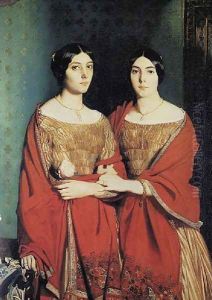



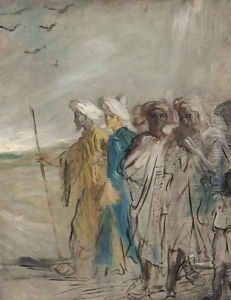







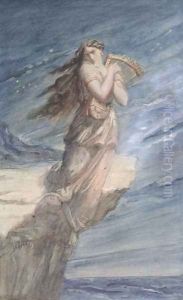






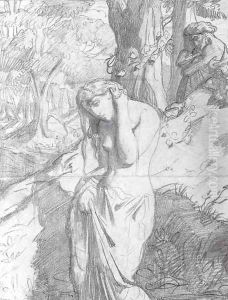



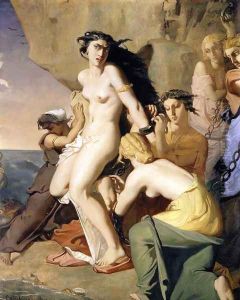

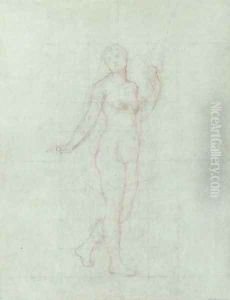



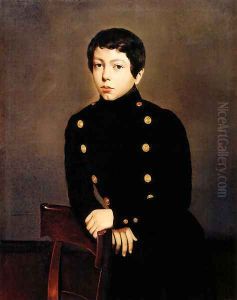


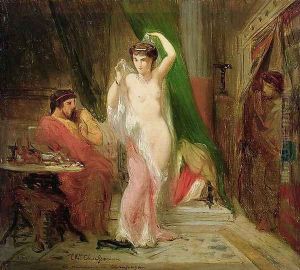


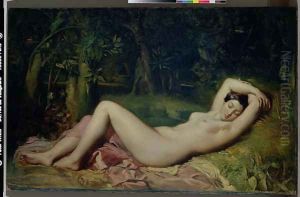




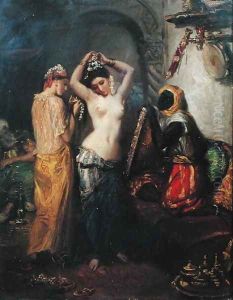












![The Tepidarium [detail]](https://www.niceartgallery.com/imgs/128743/s/theodore-chasseriau-the-tepidarium-detail-e9299421.jpg)

